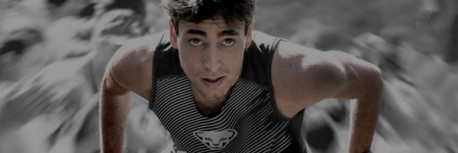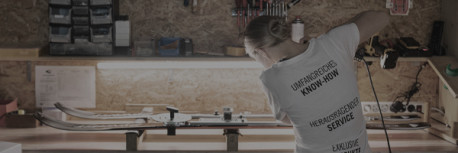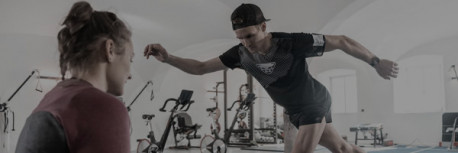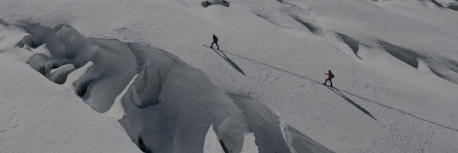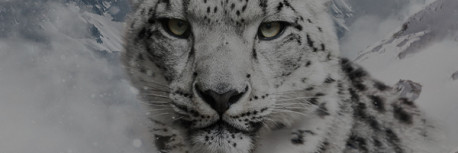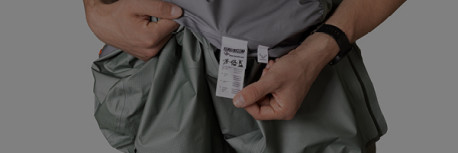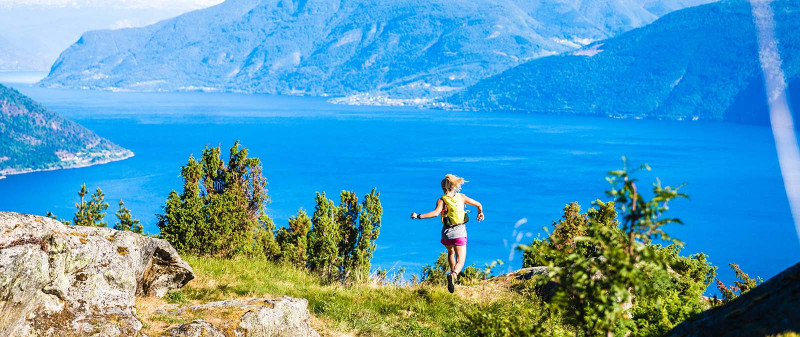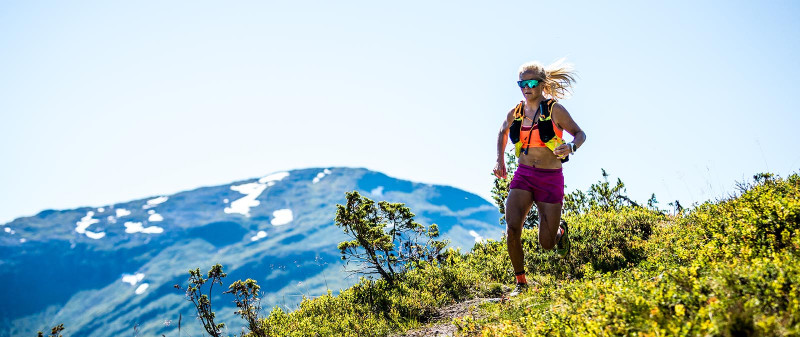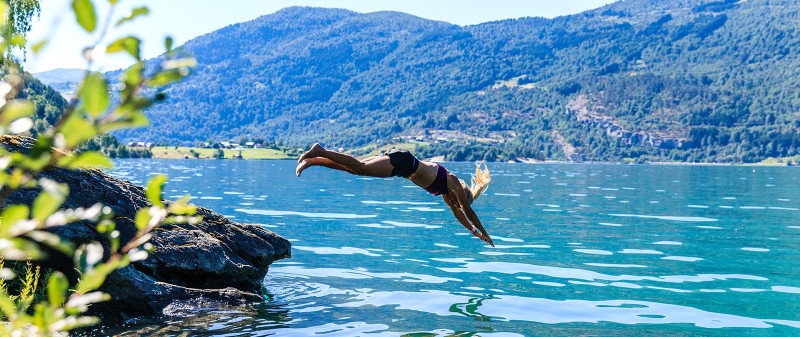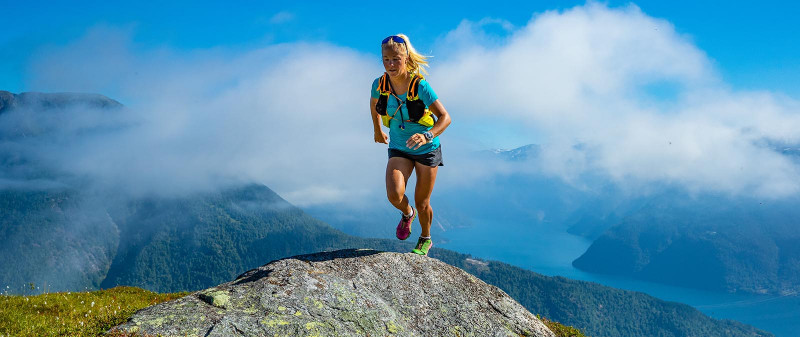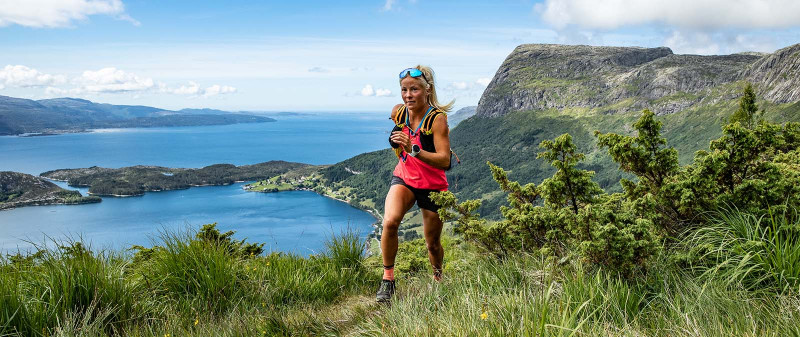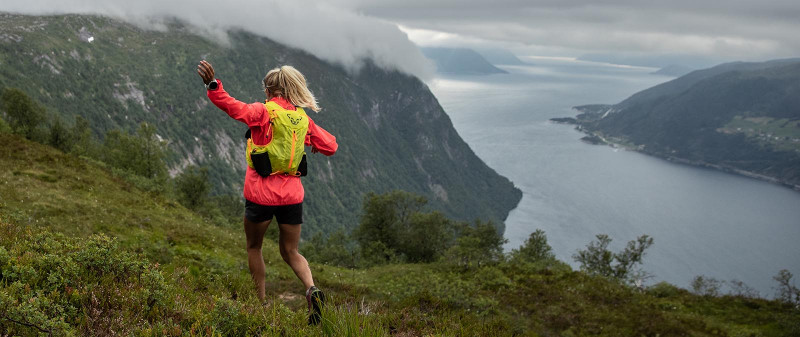6 days of Ultra Runnig along the Sognefjord – the longest fjord in the world
Since I was a child I was totally fascinated by the Sognefjord. I woke up every day in my home in Kyrkjebø surrounded by the mountains and with the fjord at my feet. The love and joy that nature inspires here is a matter of fact. By expanding the look over the horizon you lose yourself into the beauty of the longest fjord on earth.
Starting from Skjolden you can see the 2.000 meters peak of Jostedalsbreen with his blue shadow mirrored into the water, and then moving over to Hyllestad on the west side you spot the iconic Lihesten.
The Sognefjord and the North Sea meet on the south and the eye can guess the Faroe Islands in the background. The beauty of nature is surrounding you and you can feel free and peacefully alone.
My professional running career
Joy and passion for the mountains is my motivation and that is why I am so successful among the trail runner’s women in Norway. To compete on an international level, it is definitely an advantage to wake up every day with the most challenging mountains of the Sognefjord around you.
Last season I ended up at the third place in the Sky Running World Series Cup. But this July I wanted to leave the starting numbers of the races to just run for myself and for the curiosity and desire to push my limits to the next level.
© Haakon Lundkvist
Project: Running Sognefjord
I ran the whole Sognefjord on the top of its mountains. To avoid the most touristic spots I stayed on the high routes and ran over the best mountain spots that overlook the fjord. The route was around 250 km long and 20.000 vertical meters and had to be completed in around 6 or 7 days, where every day became a new challenge:
Day 1: Skjolden – Gaupne, 37 km, 3.546 vertical meters
Day 2: Gaupne – Sogndal, 56 km, 3.200 vertical meters
Day 3: Sogndal – Balestrand, 52 km, 4.200 vertical meters
Day 4: Balestrand – Kyrkiebø, 53 km, 2.850 vertical meters
Day 5: Kyrkiebø – Leirvik, 60 km, 3.800 vertical meters
Day 6: Leirvik – Porten, 35 km, 2.001 vertical meters
Some time ago my mum was diagnosed with multiple sclerosis. It was just because of an early intervention of the doctors that she is now back in a good shape and the disease is behind our shoulders. The Sognefjord mountains were part of the therapy. Enjoying some time in these mountains on Sundays with the whole family helped her to recover in a fast way.
© Havard Nesbo
That is where my project took the first inspiration: Run the longest fjord on earth also for the ones that do not have the possibility to do it and to celebrate the joy seeing my mother recovering in the mountains that are an essential part of my personal story.
The terrain I was running in was really hard. Approximately 60% on mountain and deer trails and 40% with no trail, just bushes, scrambling and marsh terrain. Long distances with steep uphills and downhills. Complex and hard terrain like this takes time, and I was out for 9-10 hours every day.
© Tiril Fossheim
303 kilometers – 20.850 vertical meters – 6 days
Even though I ran without a competition bib I wanted to do it light and fast. That’s one of the things I like with mountain running, feeling fast, strong and light. Just the most important equipment, me and the nature.
On the other hand I have big respect for the nature. I know I’m fragile high up in the mountains, far from other people if something happens. You need to be safe and have control. The equipment need to be light, but also something you can trust, that stands the terrain and bushes for long days. Details like shoes with good grip are crucial so that I don’t slip on rocks and muddy trails. A backpack that doesn’t bother me and big enough to fit the things I need for a long day (food, drinks, clothes and GPS).
You don’t need much to have fun in the nature, but the little you need, needs to be the best quality and fit as possible.
© Tiril Fossheim


